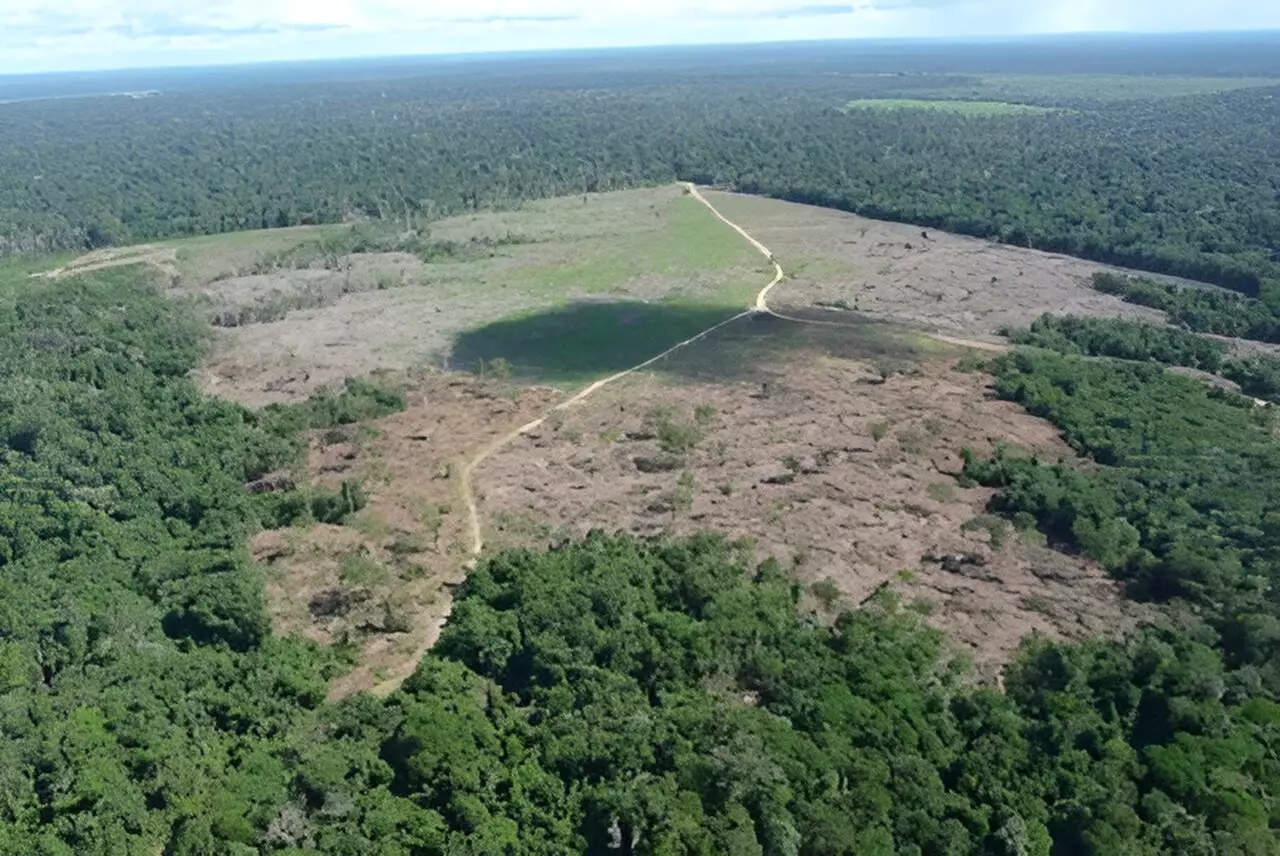The Brazilian Legal Amazonia (BLA) constitutes an ecological giant, enveloping over 5 million square kilometers that not only span the Amazon Basin but also extend into adjacent regions like the Cerrado. This territory accounts for nearly 60% of Brazil’s landmass, making it one of the most significant ecosystems in the world. However, as we delve into the realities facing this region, we uncover the stark truth that approximately 23% of its landscape has been deforested, with over a million square kilometers heavily degraded. Such environmental degradation places the entirety of the BLA on the precipice of an ecological overhaul, where the potential collapse of ecosystems could trigger an alarming release of carbon into the atmosphere—estimated in billions of tons.
The most worrying regions, notably the borders of the Cerrado and areas dubbed the “Deforestation Arc,” have evolved into net carbon emitters due to this rampant deforestation. The dual urgency of conserving untouched forest areas and rehabilitating damaged landscapes has now become a focal point for a global community recognizing the necessity for action.
Amid global discussions around deforestation, the focus often centers on commodities traded internationally, thought to be the primary fuel behind such ecological crises. A study from a collaborative team led by Eduardo Haddad challenges this notion, putting forth that domestic markets actually exert greater pressure on deforestation than foreign demand. Traditional analysis largely revolves around the supply aspect; however, Haddad’s study shifts perspective to the demand side, illuminating how economic stimuli from within Brazil catalyze deforestation.
According to Haddad’s research, a staggering 83.17% of deforestation stems from external demand, with a significant 59.68% sourced from other Brazilian regions and only 23.49% driven by foreign interest. This nuanced understanding emphasizes the importance of local economic forces alongside external pressure in driving land-use change in the BLA.
Crisp in its analysis, the study utilized the input-output matrix model developed by Wassily Leontief, which provides a lens through which inter-industry dependencies can be evaluated. Capturing the relationships among various economic sectors, this model delineates how changes in production levels influence overall demand. Unfortunately, there exists a significant gap, as Brazil’s last comprehensive input-output matrix was compiled in 2015, and despite advances in technology and methodology, access to updated and comprehensive data remains limited. The Brazilian economy has seen little change since then, which, coupled with a stagnant GDP growth rate during the 2010s, provides a sobering backdrop to the urgency of the findings.
This matrix was adapted specifically for the BLA, providing a foundation for the study’s conclusions that correlate economic activity with deforestation. Intensive industries such as agriculture were put under the microscope, revealing both the direct and indirect consequences of domestic and international consumption patterns on deforestation rates.
Over the past fifty years, the Amazon has been subjected to swift transformation through advanced agricultural practices and infrastructure development. Soybean farming, once a modest endeavor, burgeoned from under 200 metric tons in 1974 to a staggering 50 million metric tons by 2022, dominating 41.5% of nationwide production. Likewise, livestock farming saw explosive growth, with cattle numbers soaring from 8.9 million in 1974 to an astonishing 104.3 million by 2022.
The data further emphasizes that a considerable portion of deforestation is intricately linked to rising domestic demand, particularly in meats and leather—a reflection of heightened consumption patterns tied to urbanization and economic growth in Brazil. For example, over 61% of the land cleared for cattle ranching in the BLA correlates with domestic demand, while the dynamics for crop cultivation reveal a more complex interaction between export and domestic needs.
In analyzing the multifaceted reasons behind land degradation, illegal activities such as land grabbing (grilagem) emerge as pivotal. Recent studies illustrate a disconcerting reality—around half of the deforestation in the BLA over the past two decades has occurred on land commandeered illegally. The ongoing litigation surrounding land ownership offers little respite, allowing illegal activities to thrive unchecked, which further complicates the path towards sustainable land management.
Haddad’s study underlines the crucial role played by the economic demands from Brazil’s more developed regions—the Southeast, Center-West, and South—arguing that these internal markets surpass external export markets in instigating deforestation. This revelation bears heavy implications for policymakers aiming to forge effective conservation strategies while engaging civil society in efforts to mitigate and regenerate affected landscapes.
As climate change grows more pressing, it is paramount that Brazil addresses its land-use changes—primarily stemming from cattle ranching and monoculture practices—as they remain major contributors to CO2 emissions. To align with greenhouse gas reduction targets, a focused effort on controlling deforestation and rehabilitating degraded lands appears not just advisable but necessary. Future initiatives must prioritize a comprehensive approach balancing economic growth with robust environmental stewardship, aimed at preserving this unique and vital ecosystem for generations to come.

